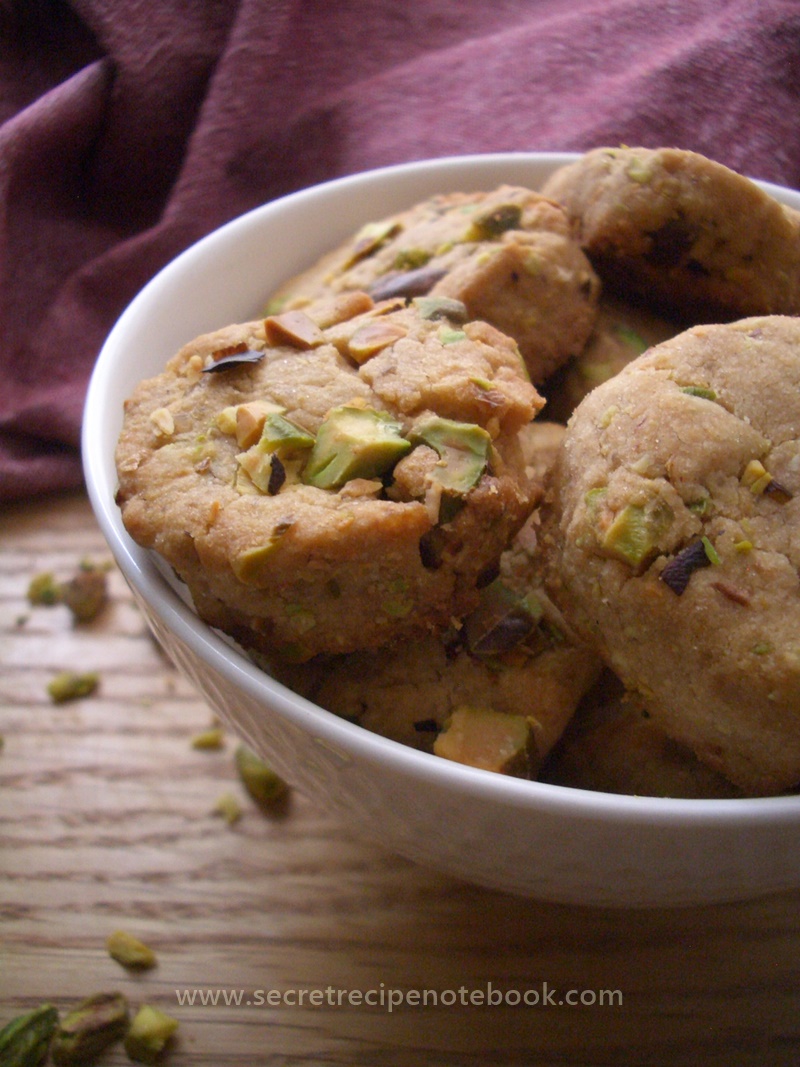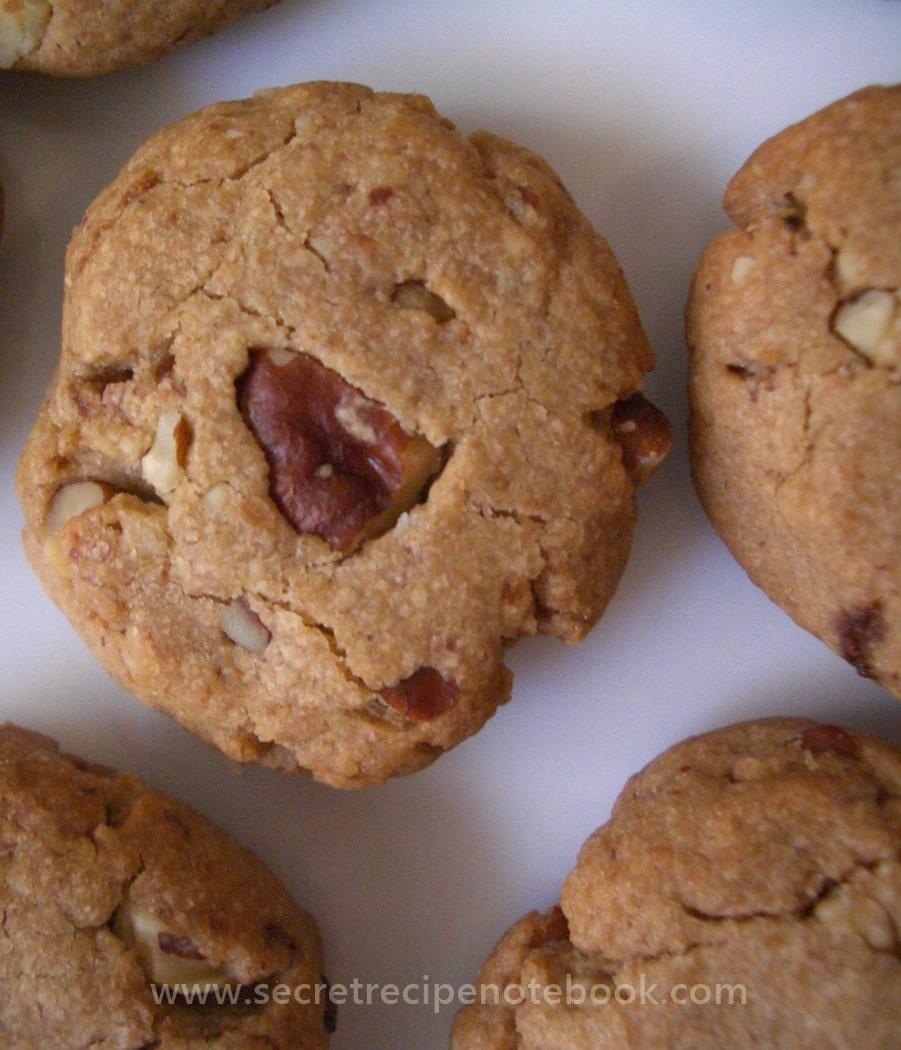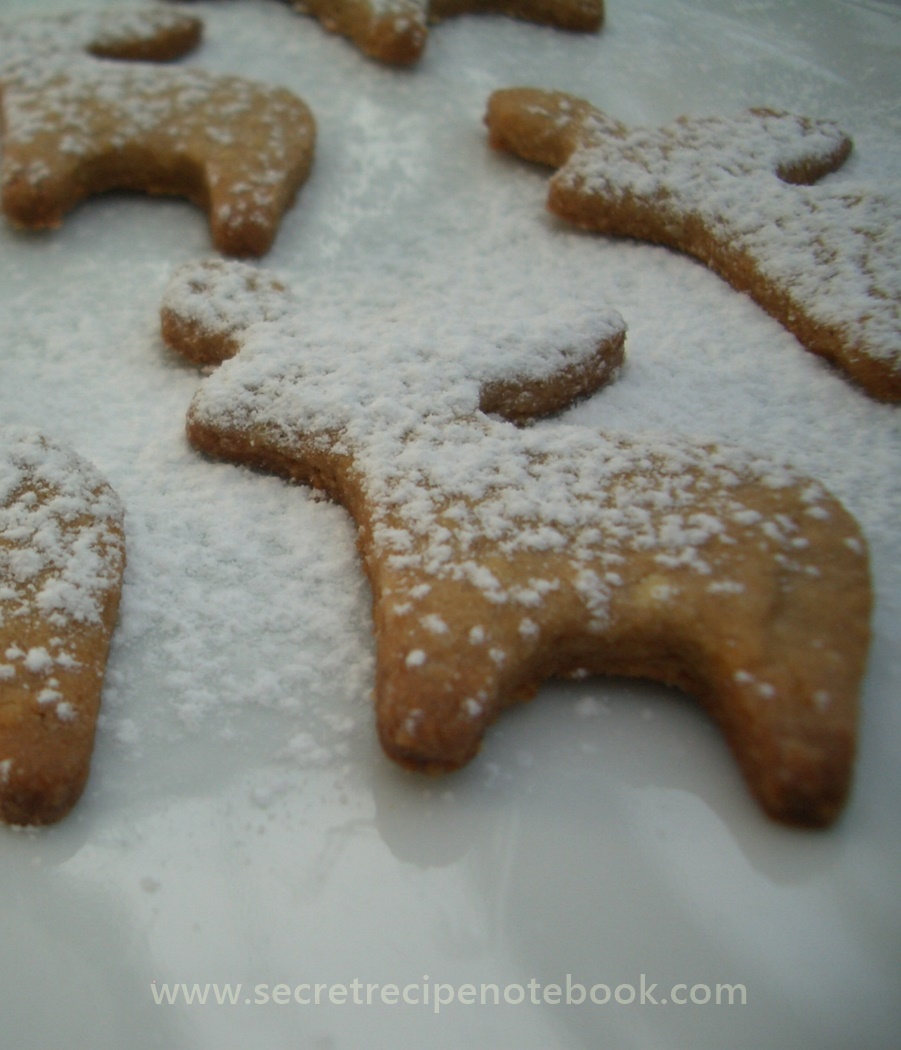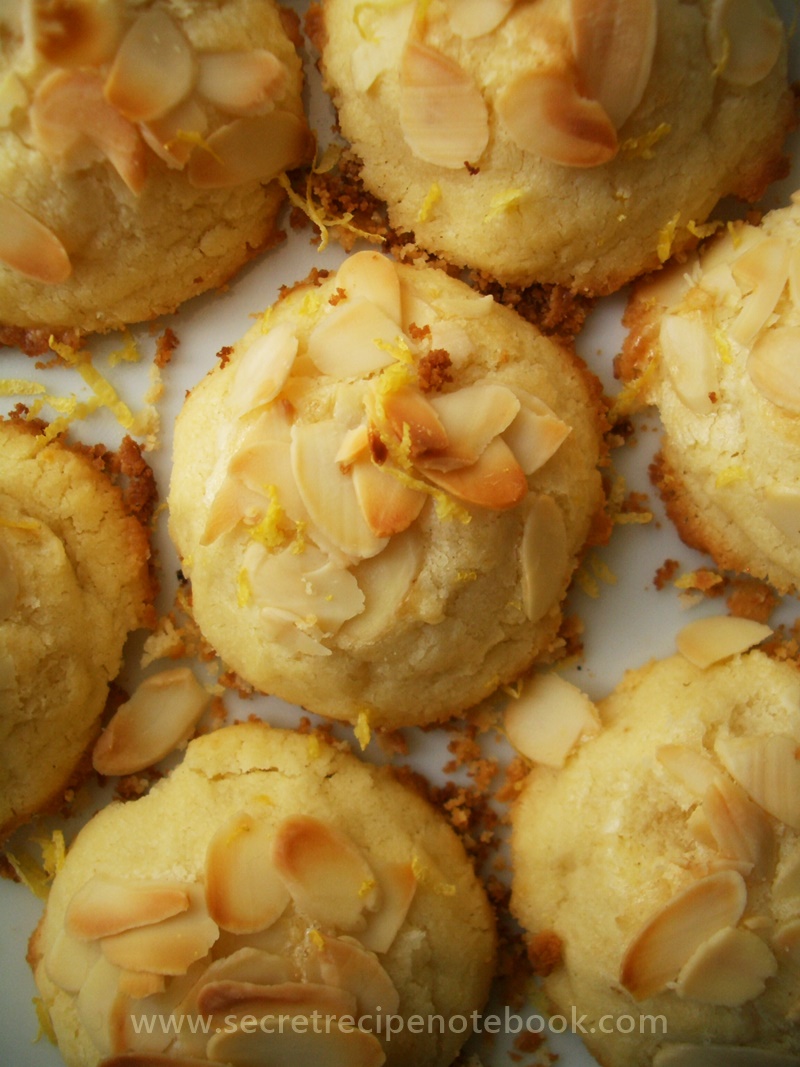- HOME
- Cookie Baking Tips
Cookie Baking Tips
Baking cookies is a real pleasure and you want them to turn out great. We have some useful tips and tricks for baking perfect cookies.
Chilling the dough tips
For chilling the dough in the fridge, wrap it with a cling film or place inside a plastic bag, and flatten it a bit with a rolling pin. This will allow dough to chill quickly, and give you a head start on rolling it out later.
After mixing cookie dough, chilling firms up the fat and gives the flour time to absorb liquid evenly. This allows dough to roll out more evenly, without sticking as much, and to hold its shape while being cut and transferred to a baking sheet.
We use this step in the following cookie recipes: Almond Polenta Cookies, Gluten-Free Christmas Cookies, Soft Chocolate Chunk Cookies, Whole Grain Orange Chocolate Cookies, Crunchy Peanut Butter Cookies and many other one.
Rolling the dough tips
The first step when rolling the dough would be to dust work surface and your rolling pin with flour. It's a good idea to have a large, thin spatula on hand before you begin. The spatula helps you pick up the dough frequently, to keep it from sticking.
Roll the dough from the center of the dough to the edges, not back and forth, which tends to toughen the dough's gluten. If the dough is soft or sticky, place a layer of cling film between the dough and your rolling pin, and place the dough on baking paper before rolling. Roll out cookies to 0.5 mm thick and take care to keep it even.
When rolling out the dough for a second time, knead the previously rolled out dough with fresh dough for at least a minute until they are completely mixed together.
Check out our rolled out cookies: Almond Polenta Cookies, Gluten-Free Christmas Cookies, Pistachio Christmas Tree Cookies, Chocolate-Glazed Chestnut Cookies and Easter Egg Cookies.
Cooling cookies tips
Use a thin metal spatula to transfer cookies to a cooling rack.
When baking drop cookies, especially if you like chewy ones, leave the cookies on the baking sheet for 5 minutes after you take the pan out of the oven. This gives the cookies a chance to firm up a bit before you slide a spatula underneath them. After 5 minutes, transfer the cookies to a cooling rack to finish cooling.
We prefer a cooling rack that has a grid pattern with half-inch holes, to give fragile cookies better support while they're cooling.
Bar cookies should cool in their baking pans on a rack. Don't cut them while they're warm; you'll make bars with very ragged edges, and they're much more likely to fall apart when you're taking them out of the pan.
Batter cookies that need to be shaped after baking should be transferred while still warm to whatever shaping device you're using: a dowel, custard cup, cone, etc. Some cookies may be shaped while warm by simply rolling them into a tube shape around the handle of a wooden spoon.
We are a participant in the Amazon Services LLC Associates Program, an affiliate advertising program designed to provide a means for us to earn fees by linking to Amazon.com and affiliated sites.















